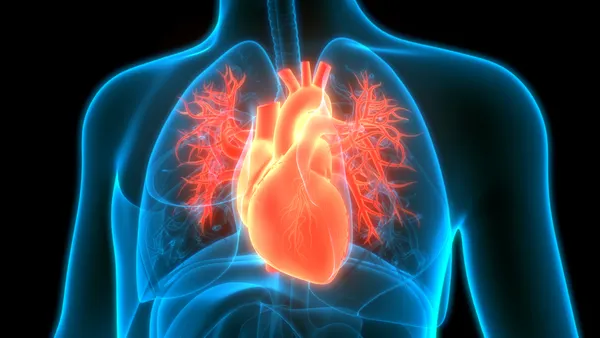Dive Brief:
-
The European Medicines Agency (EMA) recently released a draft guideline on the quality requirements for drug-device combinations.
-
EMA published the text to inform developers of drug products with integral, co-packaged or otherwise enabling devices of their obligations under the regulations set to come into force in Europe next year.
-
The agency thinks the guideline will increase the consistency of information submitted in regulatory filings, thereby sparing it and the industry unnecessary work.
Dive Insight:
EMA has tracked a rise in the number of requests for scientific advice and marketing authorization relating to medicines that have a device component. That increase reflects the potential for devices to reduce burdens on patients and healthcare systems, for example, by enabling the self-administration of some medicines.
Today, companies developing such products require a CE mark but the incoming medical device regulations are set to replace that simple demand with a more involved request. Starting in May 2020, companies may need to provide additional information in marketing authorization dossiers.
The draft guideline released by EMA this week sets out what information the agency expects from manufacturers of different types of drug-device combination. EMA wants medicinal product dossiers to feature full evaluations of the impact of the device on the quality target product profile, critical quality attributes and overall control strategy of the medicinal product.
EMA's overarching goal is to determine the conformity of the device with the relevant General Safety and Performance Requirements (GSPRs). Manufacturers of integral drug-device combinations, such as single dose prefilled syringes, face a slightly different set of requirements than producers of nebulizers and other types of non-integral products.
Developers of integral drug-device combinations can use an EU Declaration of Conformity issued by the device manufacturer or a Certificate of Conformity from a notified body to meet the EMA requirements.
Alternative options are open to companies when evidence of conformity is unavailable. If the device, when used separately, would not require the involvement of a notified body, the applicant can confirm it meets the relevant GSPRs. Alternatively, if the device would require the involvement of a notified body, EMA will accept a notified body opinion.
For non-integral drug-device combinations, EMA expects the devices to be CE marked in accordance with the incoming regulations. In some cases, EMA may require additional information about the impact of the device on the quality, safety and efficacy of the medicinal product.
That is one of many parts of the guideline in which the requirements differ depending on the nature of the drug-device combination. The frequent divergences, and EMA's inability to say conclusively what information it will require, reflect the breadth of products that fall under the broad definition of drug-device combination.
EMA acknowledges the challenges created by that breadth in the guideline and advises companies that only parts of the text may be applicable to their products. The agency wants companies to seek scientific advice or talk to national regulatory agencies to better understand their own requirements.
The challenge of covering all drug-device combinations in a single text is likely to increase in the years to come. EMA expects the number of devices that feature medicinal products that perform ancillary functions to increase over time and accepts that the guideline released this week is an imperfect fit for this subcategory of products.
Equally, EMA said the advance of device technology more generally will likely outpace updates to its guideline. In light of that, EMA wants developers of emerging technologies to seek regulatory advice early and, if possible, provide assessors with samples to help them understand the product.
EMA is accepting feedback on the guideline until the end of August. Beyond that, EMA will work on the draft with a view to finalizing it before the medical device regulations take effect next year.












